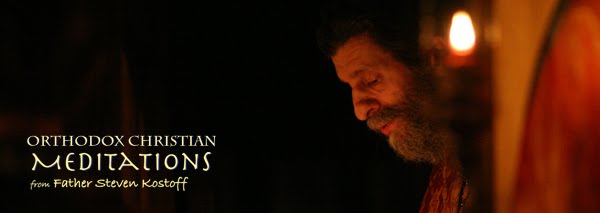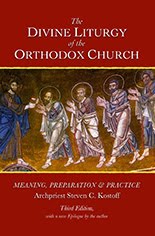Dear Parish Faithful,
CHRIST IS RISEN!
INDEED HE IS RISEN!
PASCHA - The Sixth Day (Bright Friday)
This coming Sunday, the Second of Pascha, will concentrate on the movement from unbelief to belief by the Apostle Thomas (hence, Thomas Sunday, as we call it). Not only will Thomas become "believing," but he will make the greatest Christological confession of faith in the New Testament, when he proclaims to Jesus once he sees him and his sacred wounds: "My Lord and my God!" And yet Jesus will respond by telling him - and through him all later generations of Christians - that it is more blessed to believe without seeing, meaning seeing the risen Christ as did Thomas. We call that belief "faith," and faith has its own assurances.
The two texts below capture some of this based on a close reading of JN. 20:19-31, the Gospel passage that we will read on Thomas Sunday:
Even if Thomas did not actually touch Jesus before his act of faith, his insistence upon the need to investigate the wounds so physically and deeply adds immeasurably to the significance of his confession when at last it is made. His movement from faithless insistence on proof to an unparalleled expression of faith brings out the sense of divinity streaming from the One who has been wounded unto death in such a way. As in the foot washing at the beginning of the Supper, God is revealed here not only as incarnate but as the One who gave himself up to the most degrading of deaths in self-sacrificial love for the world. Before Thomas and the group of the disciples gathered in the room stands an unambiguous depiction of the truth that God is love.If the coming to faith of later believers is different from that of Mary, Thomas, and the other disciples (who actually saw the risen Lord), it has a forerunner in the faith of the Beloved Disciple. As we have seen, when this disciple entered the tomb of Jesus, the separately placed and folded face veil was sufficient to serve as a sign of the resurrection: "He saw and believed" (20:8). True, his faith was based upon sight but it was sight of the grave clothes not sight of the risen Jesus. In his coming to faith without seeing the risen Lord the disciple foreshadows and models the faith of the later community. As in his presence at the foot of the cross and his taking Jesus' mother to himself, in this respect too he stands in for believers of all later generations.
From Life Abounding - A Reading of John's Gospel, by Brendan Byrne








